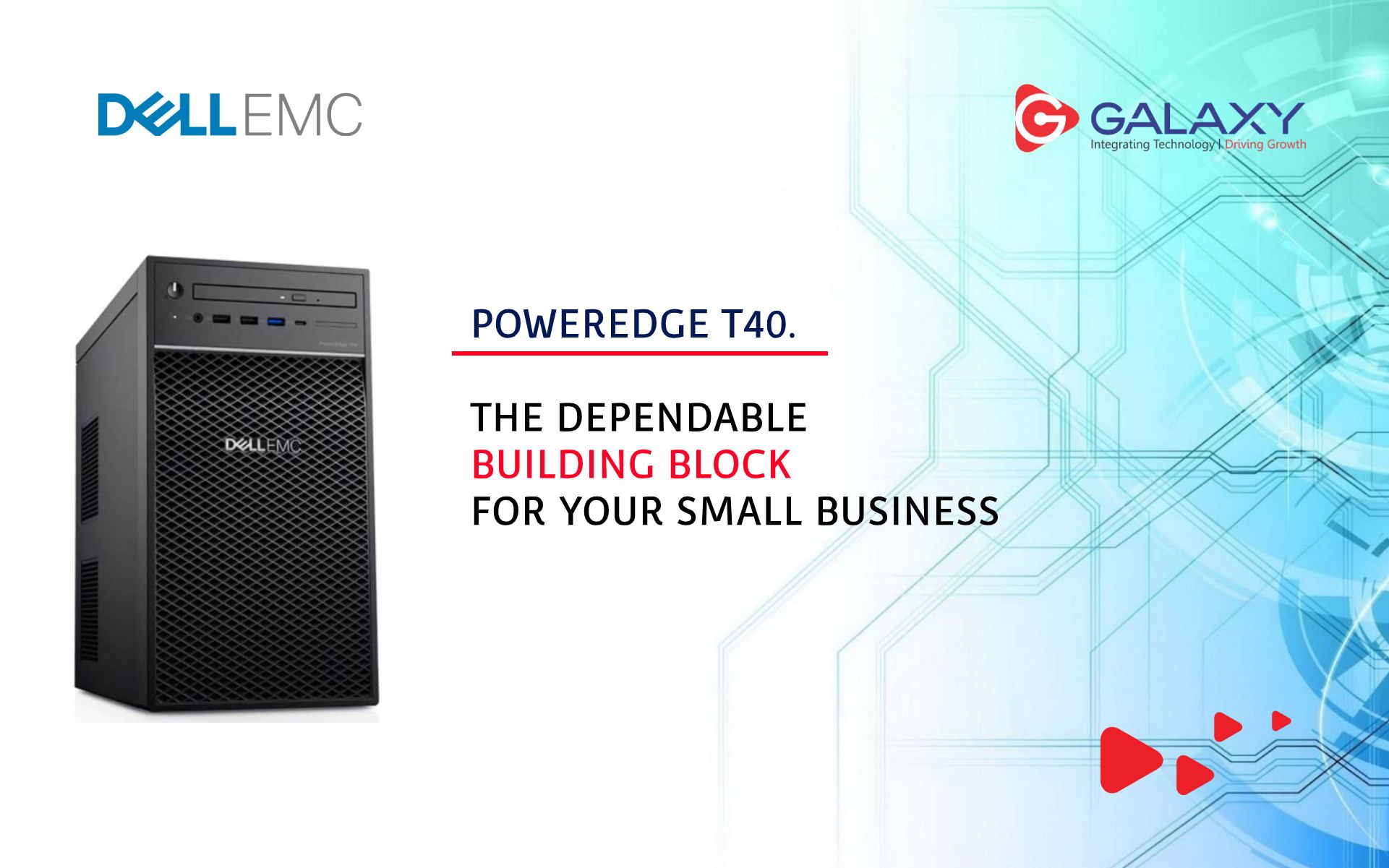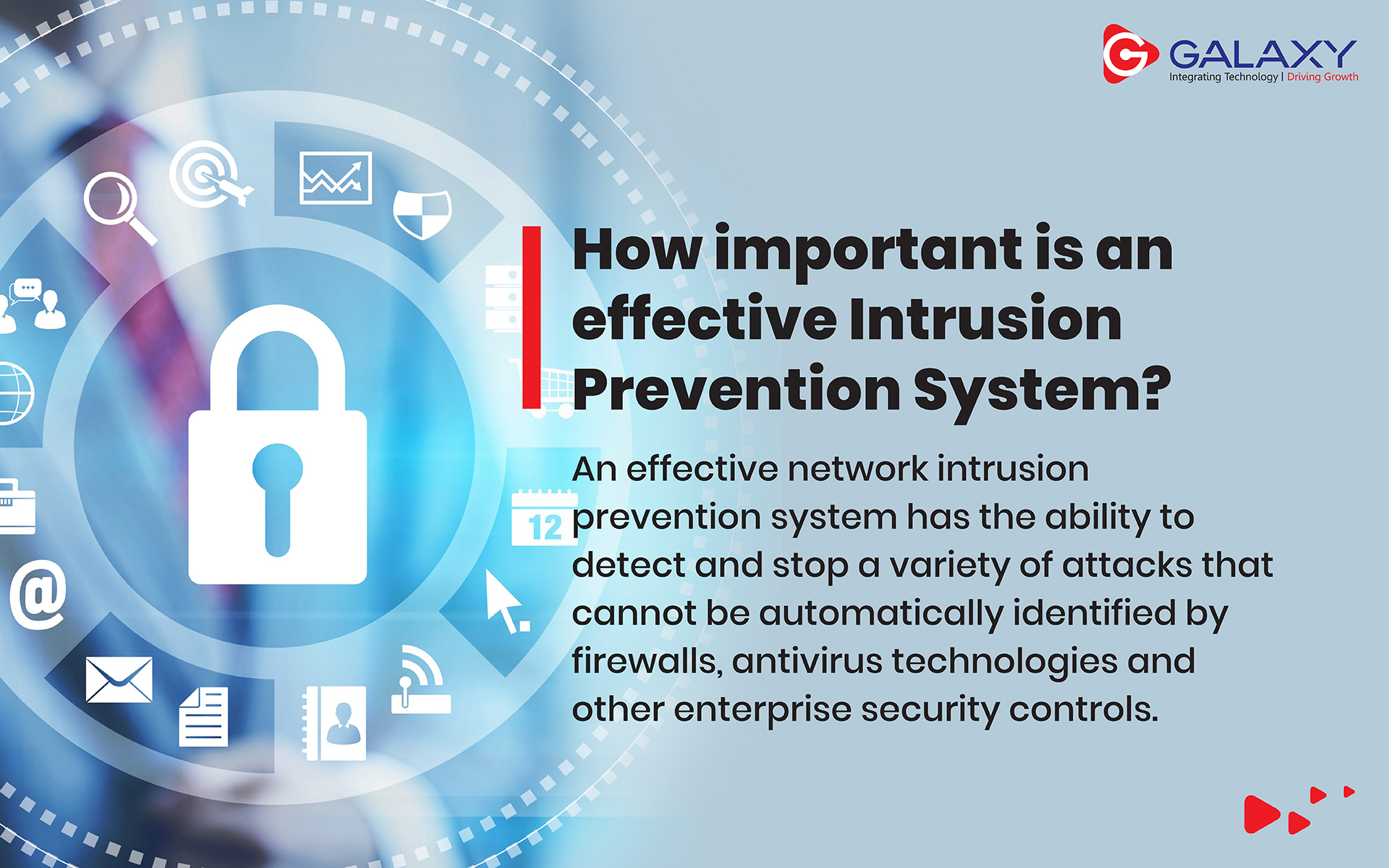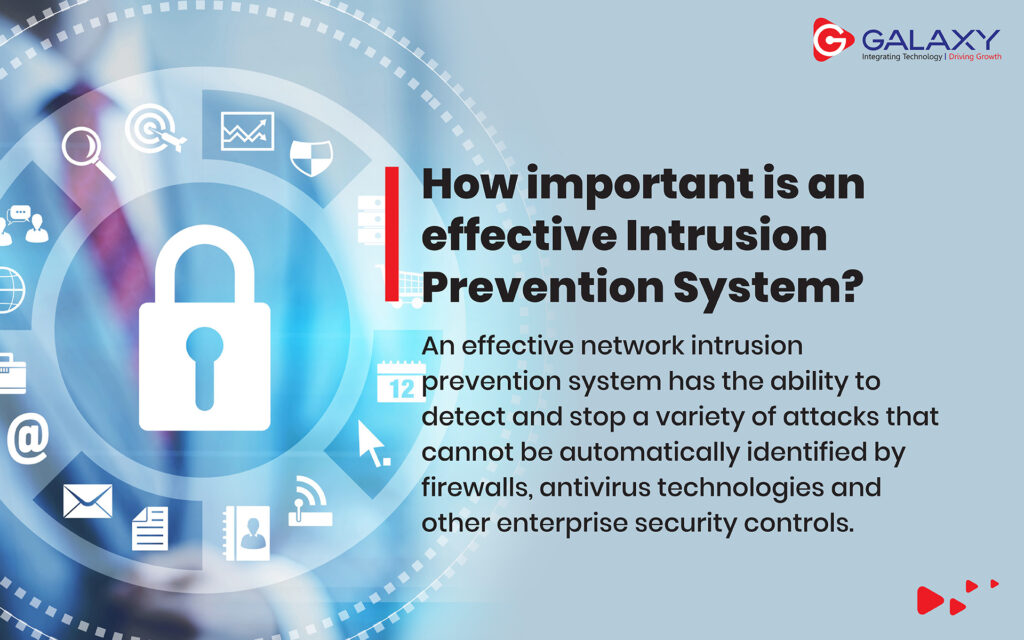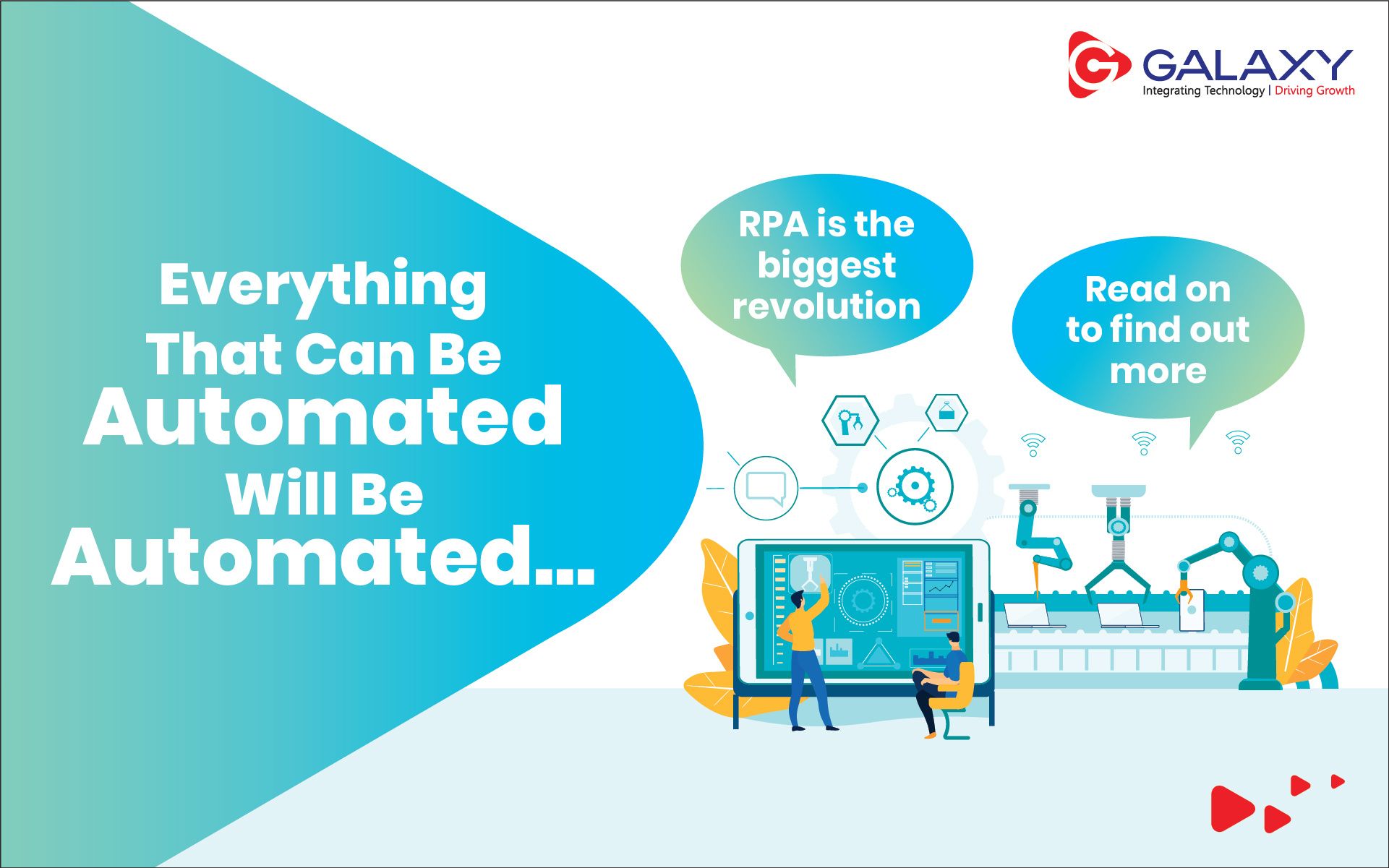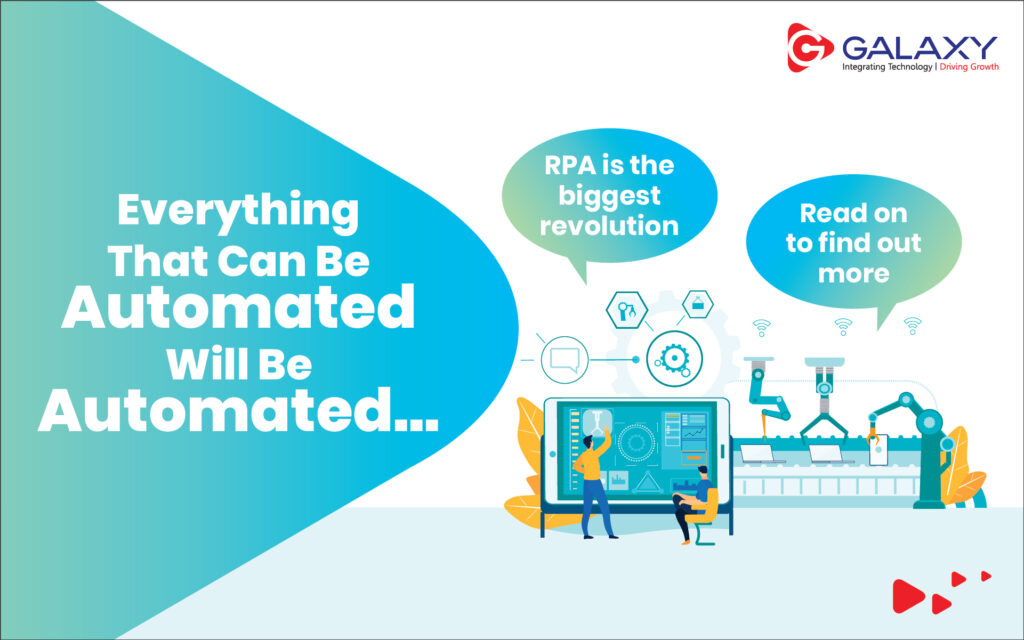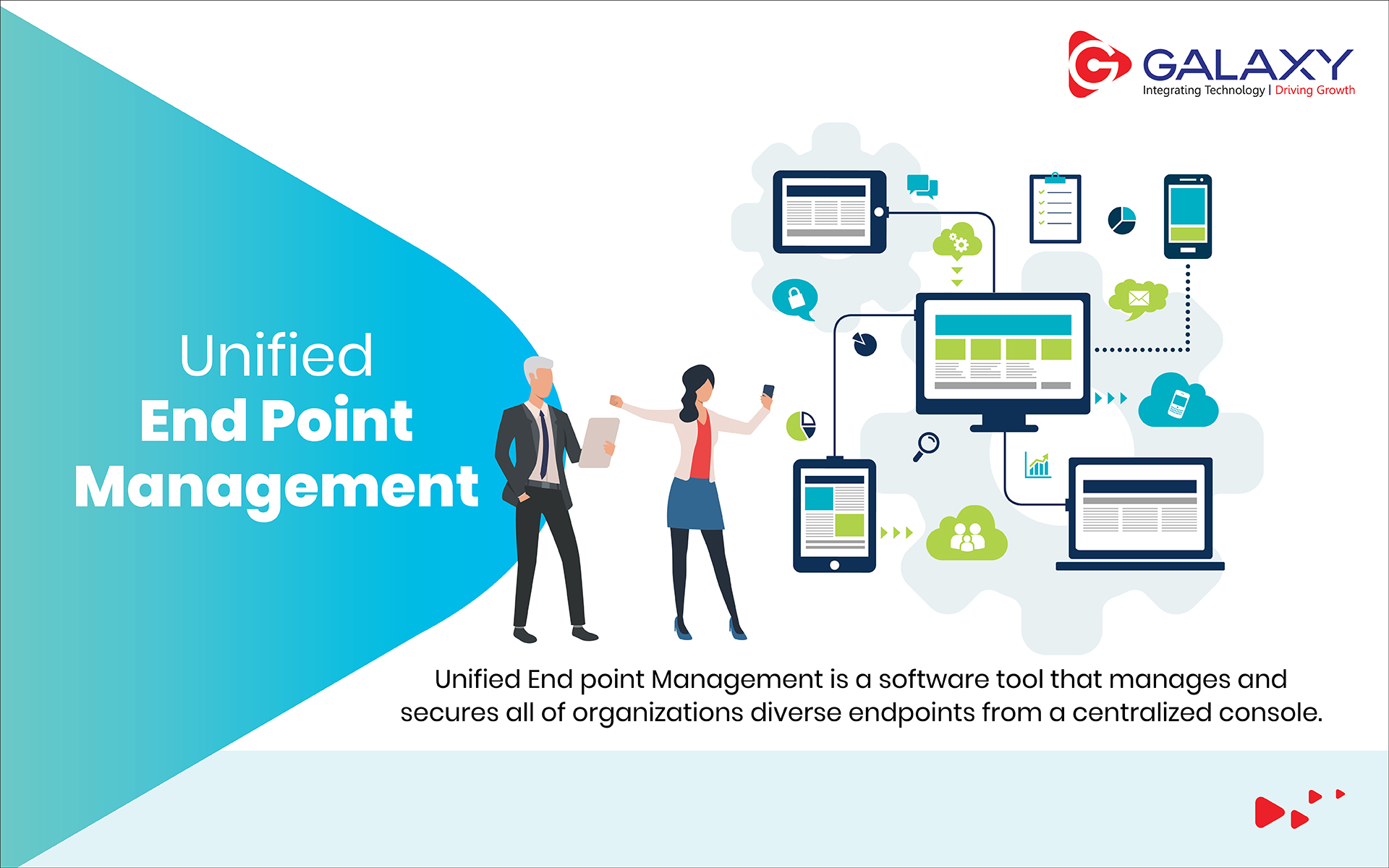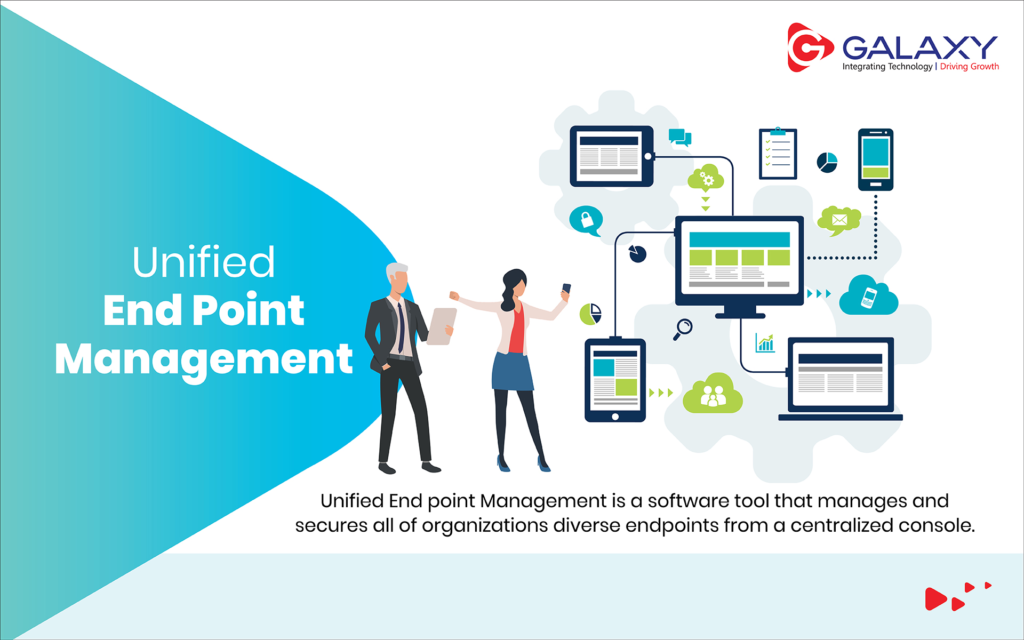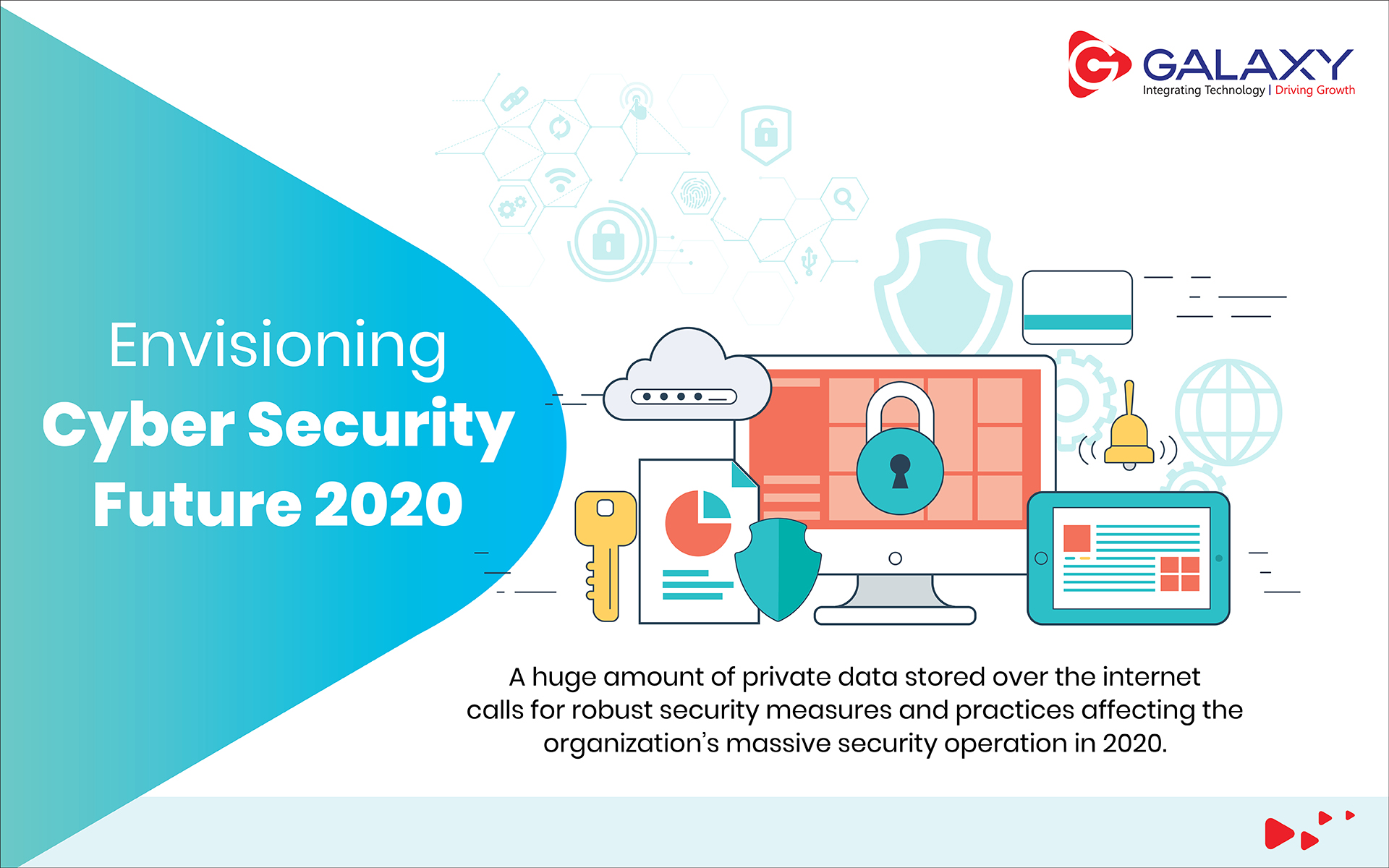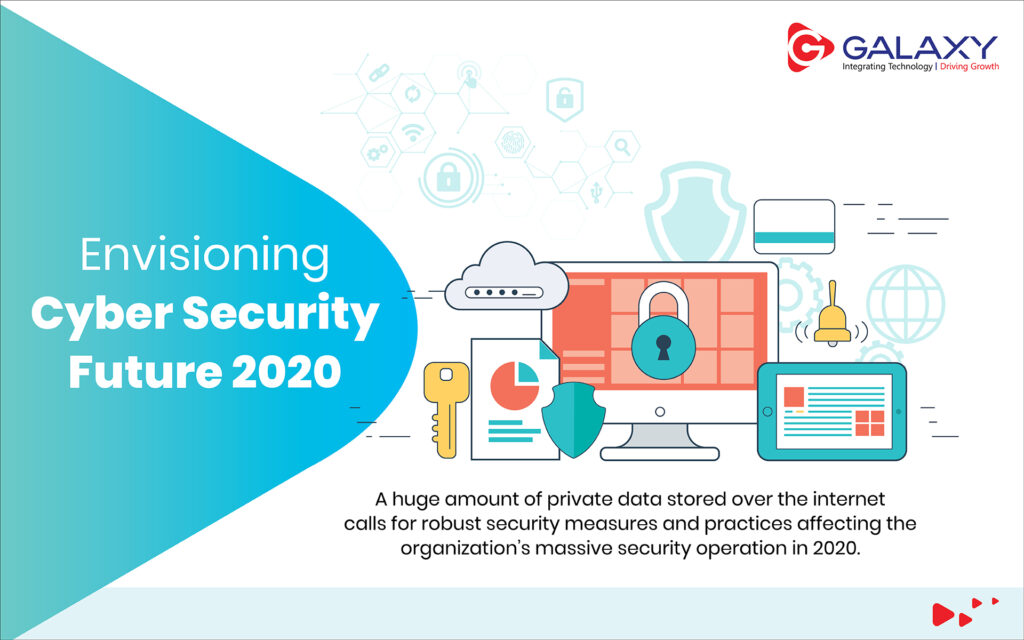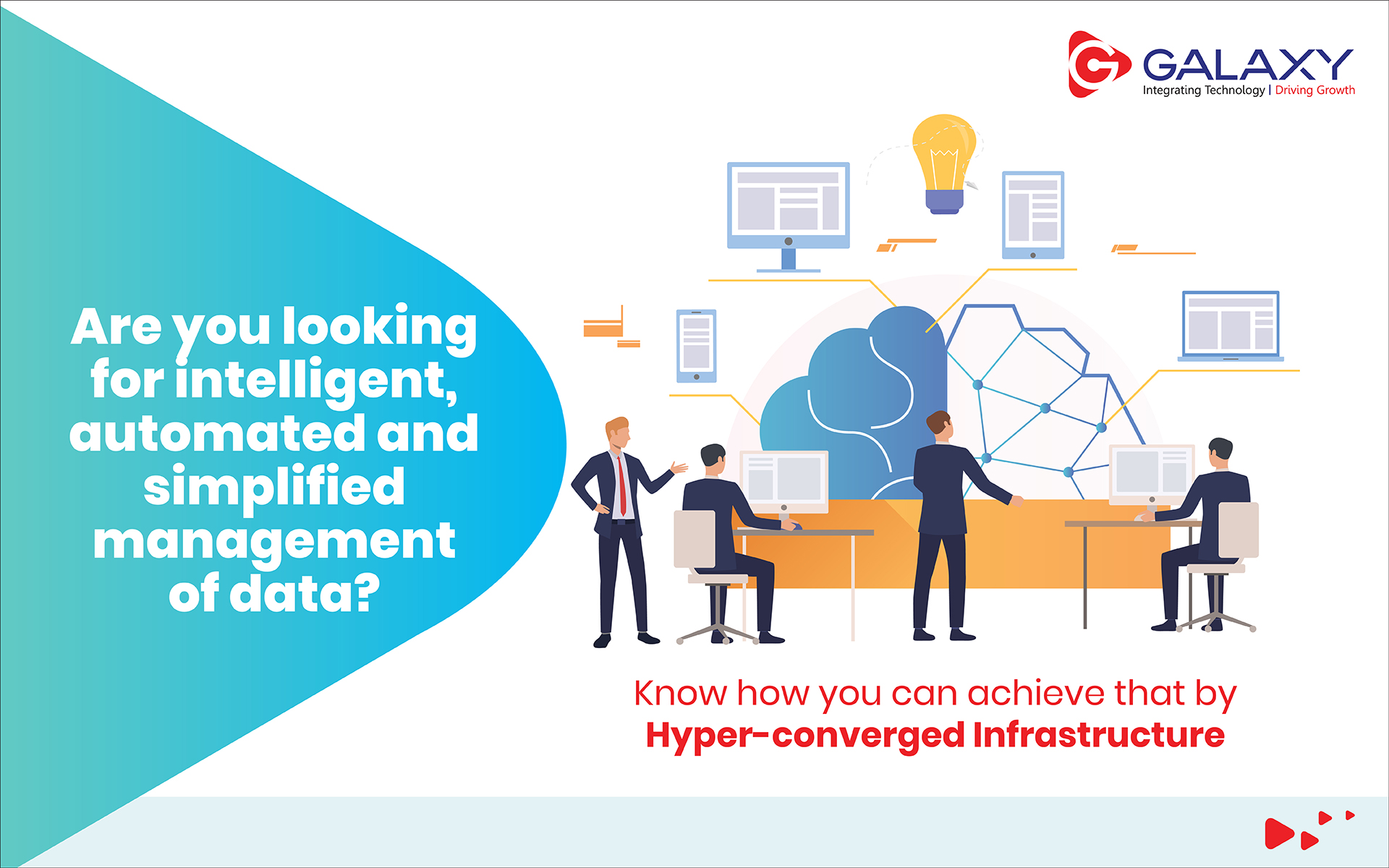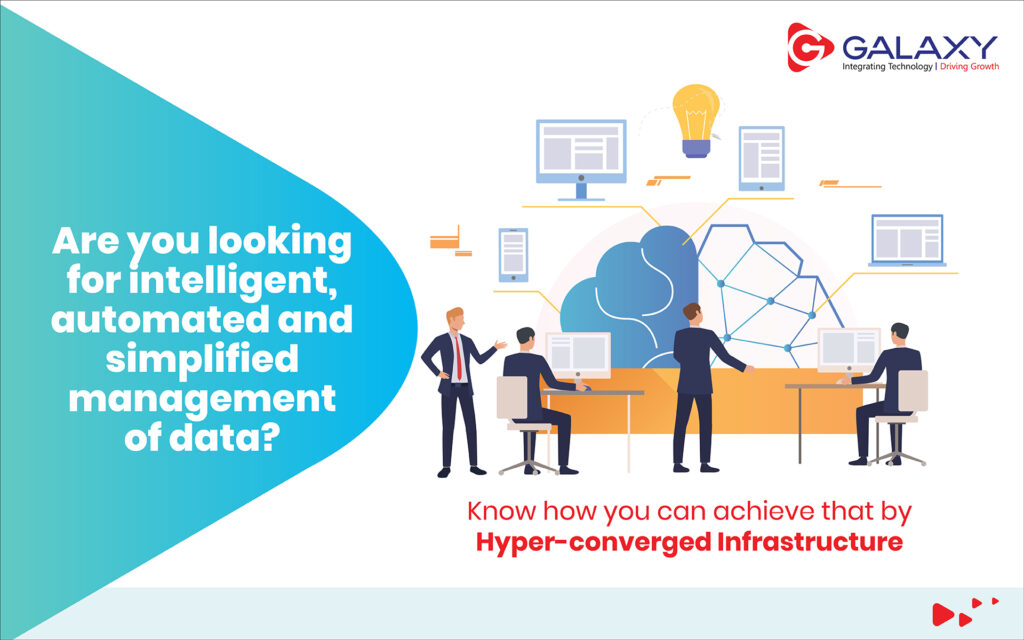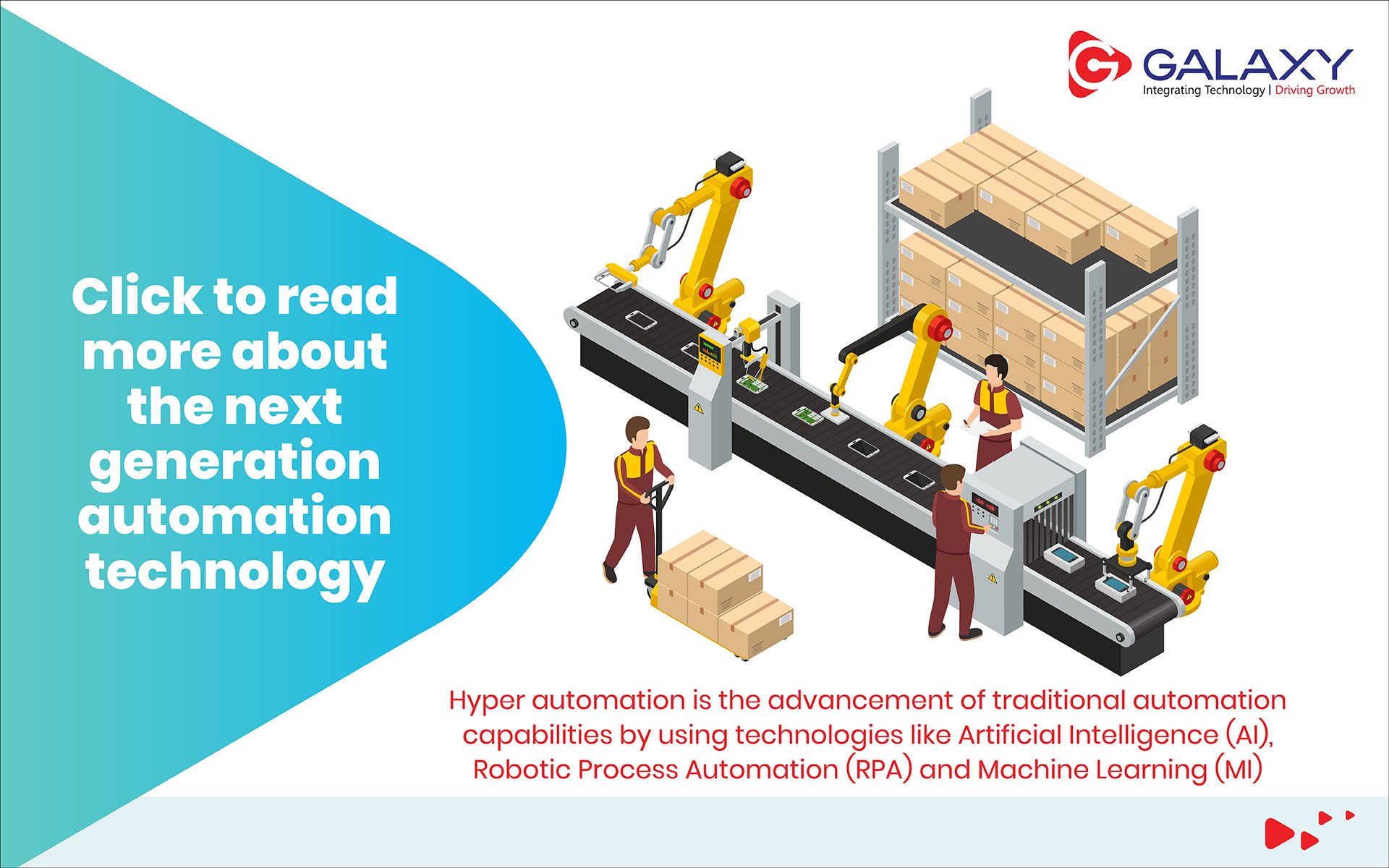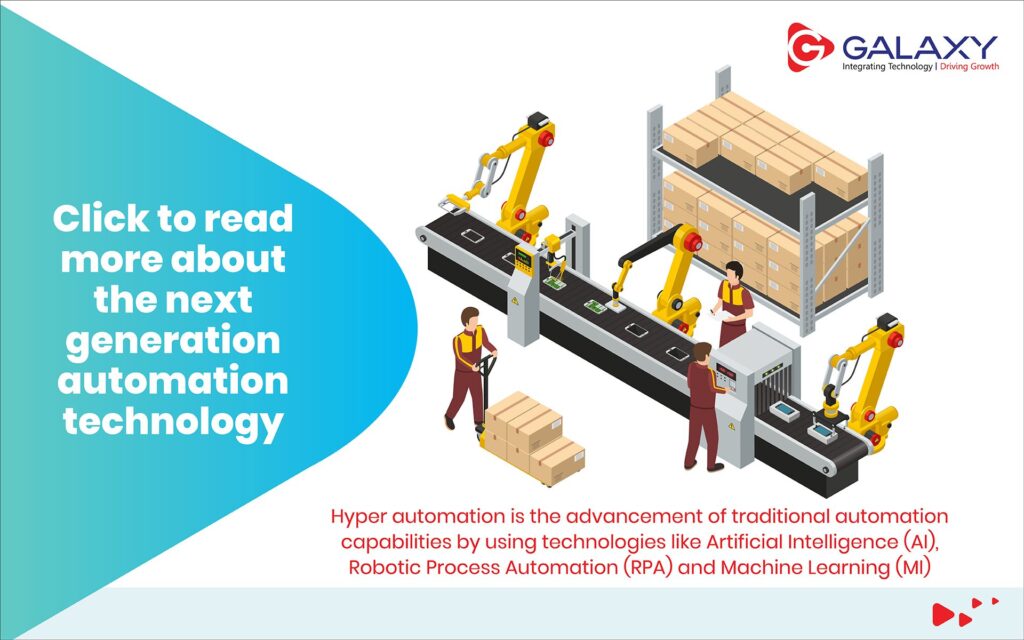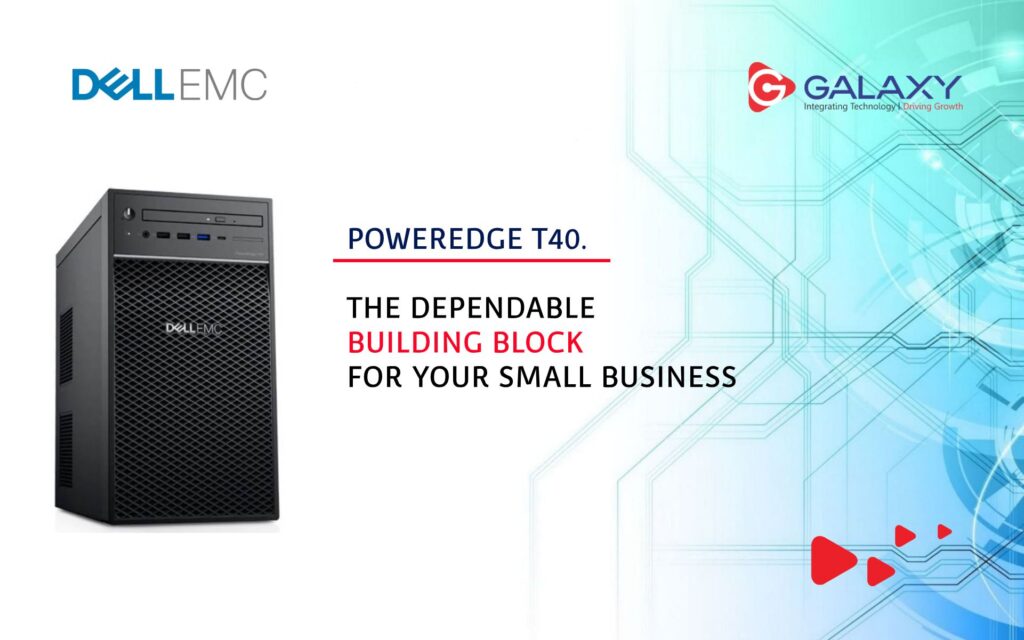
The PowerEdge T40 –The Foundational IT Building Block For Your Business
As a small business owner, you are both the architect and the builder of your business. The first step to building a great house is setting a solid foundation. A solid foundation offers a sturdy home for a family to enjoy, endures everyday stresses, and enables expansion.
You and a home builder have a lot in common. You both must follow your blueprints to set a solid foundation to continue to build upon. You require a motivated and empowered team to accomplish your business goals. You are also focused on the hard task of growing your customer base and maintaining happy customers.
According to IDC, the three top small business priorities are to improve productivity, reduce complexity, and manage expenses.[1] Unfortunately, as businesses grow their teams and customers, many begin facing IT challenges that get in the way of achieving their priorities. You may be struggling to keep business applications running efficiently, collaborating effectively with team members, or finding it difficult to scale. You may also have growing concerns about public cloud security and costs. Do these challenges sound familiar?
Don’t let your IT challenges get in the way of achieving your priorities. The Dell EMC PowerEdge T40 is the dependable IT building block for your small business. It builds upon the solid foundation you have laid for your business to thrive. It offers you the capability to efficiently support your small business.
Dependable
Builders invest wisely with reliable and sustainable materials and craftmanship that they trust. As the builder of your small business, it is important to invest wisely and choose a quality server engineered to specifically overcome IT challenges. If you require a reliable and efficient server for everyday business applications like file and print and mail and messaging, the PowerEdge T40 tower server has you covered.
You can run critical business applications that enable you to connect with your customers, prospective customers, and your team. It facilitates business applications to run quickly with faster computing capability than your everyday PC or laptop. It empowers multiple team members to work on the same file and print multiple documents efficiently. It allows you to communicate quickly and easily with customers and colleagues globally. Moreover, you can be assured with the reliable Dell EMC standard next business day hardware warranty.
The PowerEdge T40 helps you to manage expenses by avoiding unknown public cloud processing and storage costs. You can also control your sensitive data and access your data on-site instead of having it hosted on the public cloud. PowerEdge servers can be safer and cheaper than public cloud alternatives. As a matter of fact, independent research commissioned by Dell EMC uncovered that over 50% of mid-market organizations that have moved a workload from a public cloud service back to on-premise infrastructure cited security and/or cost as a reason for this decision.[2]
Efficient Operations
Builders know time is money and strive to maximize efficiency. You can efficiently support your small business with the foundational features of the PowerEdge T40 which allows you to easily consolidate, store, and share files on-site. The PowerEdge T40 server is built to process and transmit data quickly. This will provide your everyday business applications to run faster and reduce the amount of interruptions you may be experiencing. The server simplifies team collaboration, reduces re-work and provides peace of mind. You are also able to share more with team members and customers with a 50% increase in on-site data storage.[3]
As your organization’s primary developer, set a solid foundation for your company to achieve its business priorities. Choose the PowerEdge T40 as your dependable IT building block. It is the reliable and efficient foundation to withstand your IT challenges.
If you seek this dependable IT building block with remote manageability and 24/7 availability, consider the other Dell EMC PowerEdge one-socket servers.
SOURCE:
[1] SMB Digital Transformation: Attitudes, Priorities, and Assessment in Seven Countries, 2018
[2] ESG Master Survey Results, Tipping Point: Striking the Hybrid Cloud Balance, September 2018
[3] Based on Dell EMC Internal analysis comparing the T40 to the previous model
FOR A FREE CONSULTATION, PLEASE CONTACT US.

